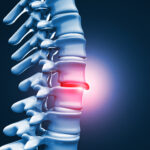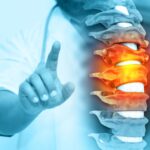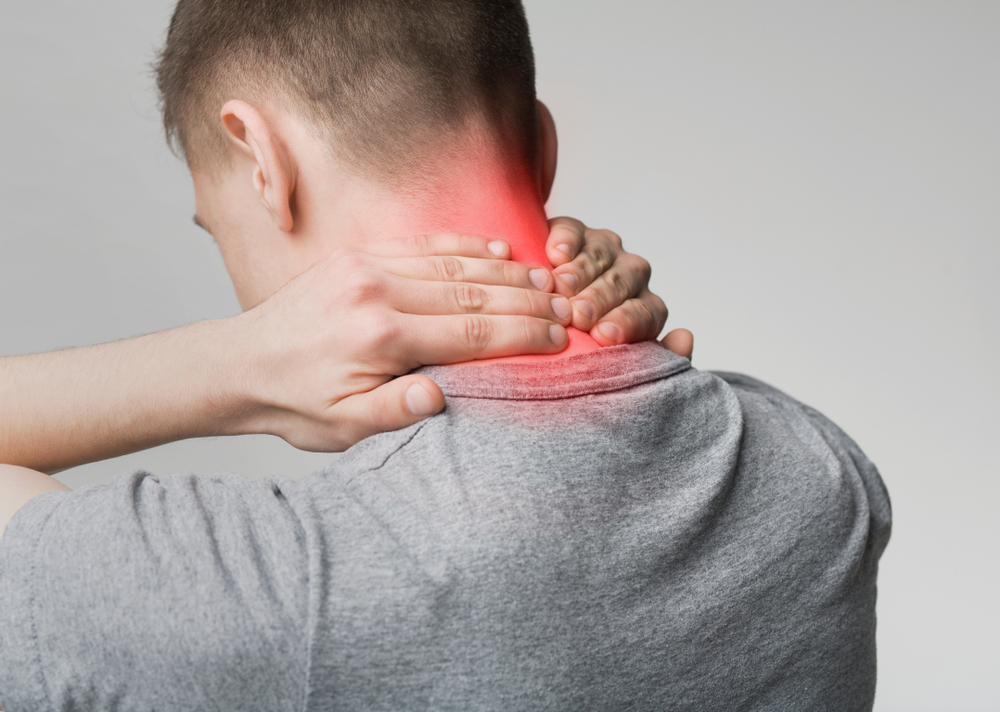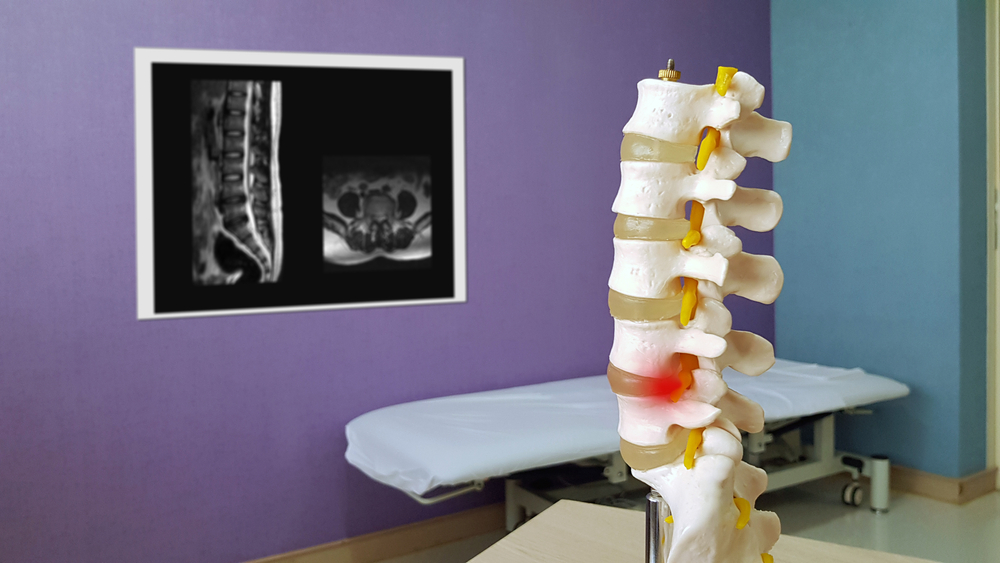At Maxim Spine, we specialize in the surgical treatment of various spine conditions, providing expert care and personalized solutions for our patients. Our highly skilled team of spine surgeons is dedicated to addressing a wide range of disorders. We understand that each patient’s condition is unique, and we offer cutting-edge surgical techniques tailored to their specific needs. Whether it’s relieving debilitating pain, restoring mobility, or improving quality of life, we are committed to delivering the highest standard of care and helping our patients achieve the best possible outcomes.
Cervical
Cervical herniated disc is a condition that occurs when the outer layer of a disc in the neck region tears, causing the inner material to protrude and potentially irritate nearby nerves. This condition can lead to symptoms such as neck pain, radiating pain into the arms or shoulders, numbness or tingling along affected nerve pathways, muscle weakness, and, in some cases, headaches. Causes of cervical herniated discs include wear and tear, aging, and injury.
Thoracic
The spine is made up of strong bones called vertebrae. A vertebra can break just like any other bone in the body. When the vertebral body collapses, it is called a vertebral compression fracture. These fractures happen most commonly in the thoracic spine (the middle portion of the spine), particularly in the lower part. Vertebral fractures are usually caused by a condition such as osteoporosis, a very hard fall, or another type of injury.
Lumbar
Spinal stenosis describes narrowing inside the spinal canal and mainly occurs from a combination of aging and degenerative changes in the spine. Wear and tear on the parts of the spine can cause discs to bulge, spine ligaments to thicken, and joints near the spinal canal to become enlarged. These can take up space inside the spinal canal and put pressure on the spinal nerves.









